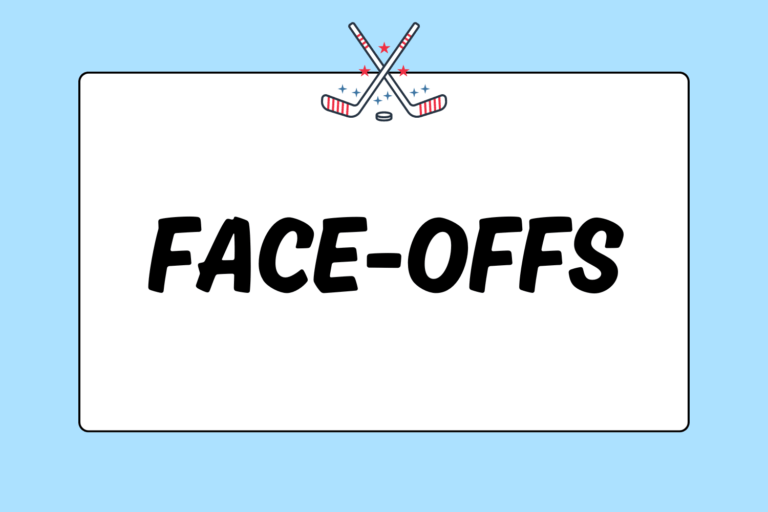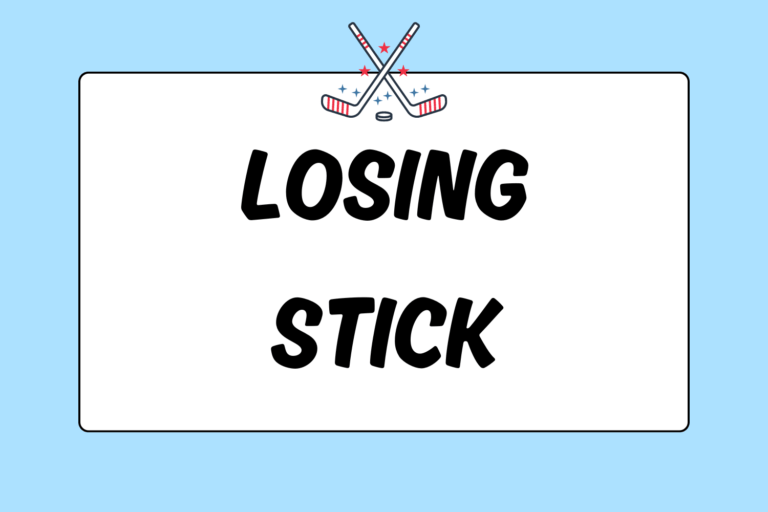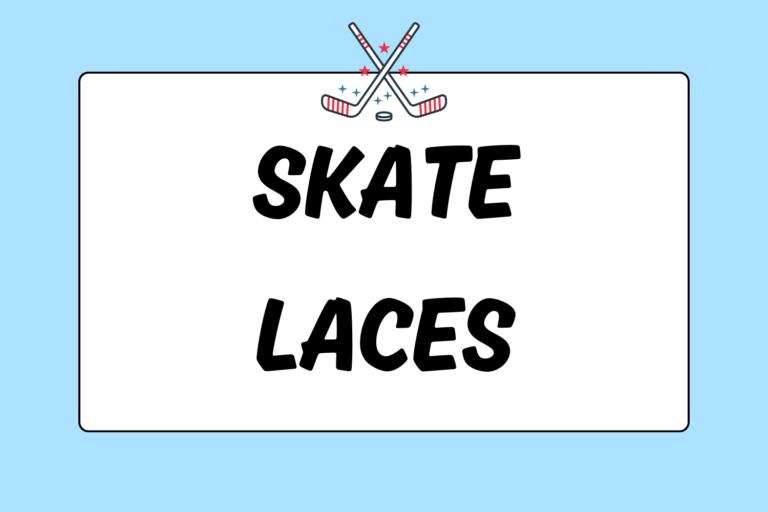Youth hockey players wait in anticipation for the day when they are finally allowed to body check. However, checking is much more than just throwing your body around and knocking the stuffing out of an opponent. Once the rough stuff is permitted, players need to learn how and when to check effectively.
Laying someone out does offer a confidence boost and might even get a rise out of the crowd. However, players really looking to up their skill set also need to master the lower-impact hits.
Yes, there are checks that don’t even involve the body.
Stick Checking
This is the first line of defense. Sticks are usually more than twice as long as a player’s arm, so they can easily be used to disrupt an opposing puck carrier. Defensemen usually use the stick check more often than players at forward positions.
Here are two defensive situations and techniques for utilizing this type of check:
When skating backwards entering the defensive zone:
- Keep the stick in front of you at all times.
- As the opponent moves forward into the zone, use your stick to try to knock the puck away from his stick. Try to do this without using a side-to-side motion. Should you swing and miss with a side-to-side swipe, your stick can knock you off balance and also give an opponent a green light to try to skate around you on the side of your body where the stick is not.
- Instead of swiping, simply go at the puck on the opponent’s stick by poking the blade of your stick forward toward his blade. This keeps your body squared and balanced. And should you poke and miss, your stick isn’t way off to the side of your body.
When playing defense in front of your net:
- Be prepared to use your stick as soon as you see the puck moving toward an opposing player in front of your net.
- If you can’t get to the puck before an opponent, shift your body to face the opponent and position your stick under his, behind the blade.
- As the puck arrives, move your stick in an upward motion and lift his stick off the ice. If done properly, this form of a stick check will keep the opponent from getting possession of the puck. It will also frustrate him, as he went from having a potential scoring chance to not even having control of his stick.
Body Checking
To be a good defensive-minded player, you must be a good checker. Checking is a science that takes focus and discipline – and it is easy to become sloppy and ineffective if you lose track of technique.
The goal of body checking is to separate an opponent from the puck, and ultimately take that opponent out of the play (legally, of course). You have to learn the rules of body checking before you bring it to the ice:
- You can only check a player who has possession of the puck. At the very least, make sure the opponent is going after the puck and within a stick’s reach of it. If you hit an opponent who is not near the puck, it is a virtual guarantee that you will be penalized for interference.
- Do not check an opponent from behind. The general rule here is that if you can see either the numbers or the name on the back of an opponent’s jersey, then you’re not supposed to hit him. You want to come at an opponent from the front or the side, but never from behind. In youth hockey, checking from behind can be punishable by way of a ten-minute misconduct.
- Never leave your feet to check an opponent. If you knock an opponent down with a check, then your feet might happen to come off the ice. That is fine. Just don’t jump at the opponent. That can earn you a boarding or roughing penalty. It can also make you lose your balance and give you less leverage to take the opponent out of the play. Checking is all about balance. You will have very little balance if your feet are not on the ice.
- Don’t charge at an opponent. The penalty for this is (naturally) called ‘charging.’ If a referee believes that you took extra steps in attempt to make more of an impact with your body, then you will take a two-minute break in the penalty box.
- Keep your hands down and don’t use your head. You check with your shoulders, your hips, your upper arms and your upper torso. Using your helmet can injure both you and your opponent. And bringing your hands up to complete a check only makes you look like you are punching your opponent. For a referee, that is easy to spot.
The Three Types of Body Checks
The Board Check
With this check, the player uses the boards to prevent an opponent from breaking towards the center of the ice. A little trickery is also involved:
- You want to take away the angle toward the middle of the ice and give the puck carrier a small alley along the boards.
- Should he take the bait, you must close the gap quickly and try to pin your opponent against the boards with your shoulder.
- Pay little attention to the puck. You can try to poke at it with your stick, but always keep your eyes on the opponent’s chest.
- Whichever direction his chest moves, that is where you move.
- Once you commit to making the check, you have to finish it. Don’t charge, but stride into him and do not leave his side until either the puck is in your possession or one of your teammates arrives to help.
Accept the fact that, at some point, you are going to get hit. There are a few things you can do to minimize the pain:
- Try to put your shoulder into the opponent at the same time that he hits you.
- Try to keep your feet spread apart and have your knees bent.
- Always keep your head up.
- Never remain in a stationary position along the boards. That is asking to be crushed.
The Hip Check
The prettiest of all the hits, hip checks usually come from a defenseman who is skating backward during the opposing team’s rush up ice – forwards rarely levy hip checks. Like the board check, preparation and trickery are needed for a hip check:
- Offer the puck carrier a path, preferably along the boards.
- Once he makes a move for that path, close the gap as quickly as possible.
- Make sure your body has a low center of gravity, keep your back straight, head up, and skate into the opponent, leading with your hip and aiming for his hip.
These checks come with a surprising amount of force and often catch opponents off guard.
The Shoulder Check
This is the riskiest check, but can also be the most damaging to the opponent.
Shoulder checks occur in the middle of the ice, away from the boards. It can be difficult to catch someone with a check in the middle of the ice if they have their head up and are looking forward. In that situation, they can simply sidestep to immediately leave the checker out of position. Therefore, it is important to make sure you are going to connect before committing to a shoulder check.
- When scanning the ice in a defensive position, try to predict when a puck carrier might drop his head.
- Focus your eyes on his chest and try to time it so the impact arrives when his head is down (this is exactly why you do not carry the puck over the middle of the ice with your head down).
- Don’t ever try to intentionally hurt an opponent when he drops his head, but definitely use a good shoulder check to separate him from the puck.
- Upon impact, make sure your knees are bent and your feet are shoulder width apart.
- Keeping your head up, lead with your shoulder and drive it into the opponent’s chest.
When executed properly, this type of check can be devastating.
The Final Blow
Use this information to make checking a valuable part of your game, but don’t let the move get the best of you. Checks can become addicting—the more you master the art of the check, the more you will want to display it. The key is realizing the purpose of checks and knowing the time and place to use them.





